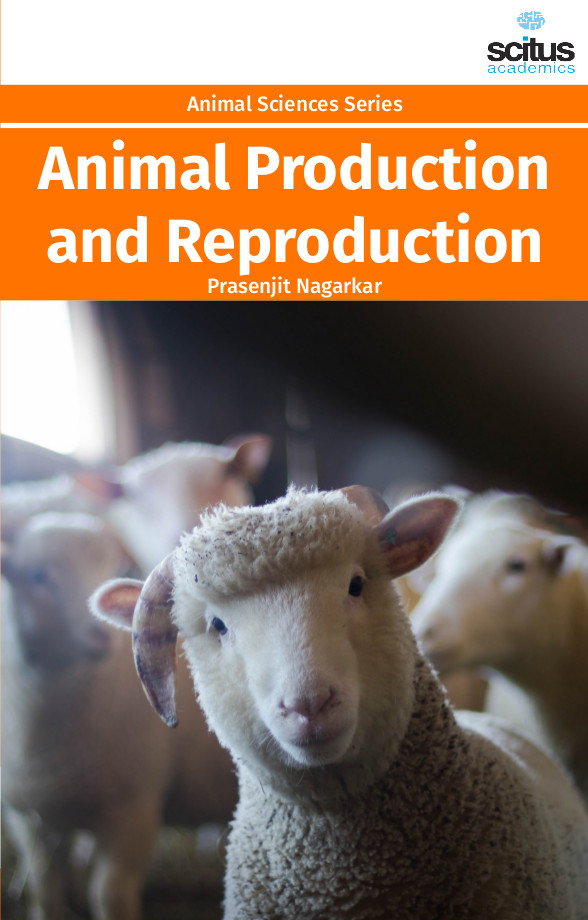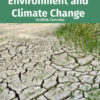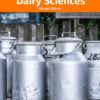To meet projected demand for animal products, the industry must streamline production and advance capacity to prevent, detect, diagnose, and treat animal diseases. The health and quality of livestock is influenced by genetics, care, nutrition, and environment. The quality of animal products is affected by production methods and marketing practices. Maintaining the diversity of animal genetic resources is essential to satisfy basic human needs for food and livelihood security. Genetic diversity ensures that different species and breeds are able to adapt to extreme conditions of drought, humidity, cold, and heat, making it possible for humans to obtain livelihoods in inhospitable areas. The genetic improvement has been quite successful in many instances; however, selective inbreeding and use of highly productive genetic lines and breeds while neglecting or blanket upgrading indigenous animals with exotic breeds is leading to deterioration in genetic diversity. Efficient reproduction is of the utmost importance for the sustainable improvement of animal productivity and is a critical factor influencing the economic viability of livestock farmers. Low fertility is often identified as one of the primary constraints hindering the effectiveness of livestock production systems in developing countries. Decreasing the age at first parturition, the interval from parturition to conception, interval between parturitions, and peripartal mortality, and increasing conception rate, litter size, and productive life are the key targets and crucial factors in improving livestock productivity. Increased numbers of animals also enables more intense selection of animals of superior quality to serve as parents of the next generation. Healthy and well-fed animals, properly reared and genetically selected will grow faster and produce more and better quality yields.
‘Animal Production and Reproduction’ aims to review developments and indicate which reproductive technologies can be used commercially or in research. It begins by discussing artificial insemination and how this has recently been refined in semen sexing technology. This volume also addresses in detail both livestock’s role in climate change and the impacts of climate change on livestock production and reproduction. The objectives of this volume is to improve livestock production and reproduction of breeds adapted to the local environments, with emphasis on the characterization of livestock genetic resources, the identification of genes controlling productive and economic traits, and the establishment or the strengthening of artificial insemination programs.













